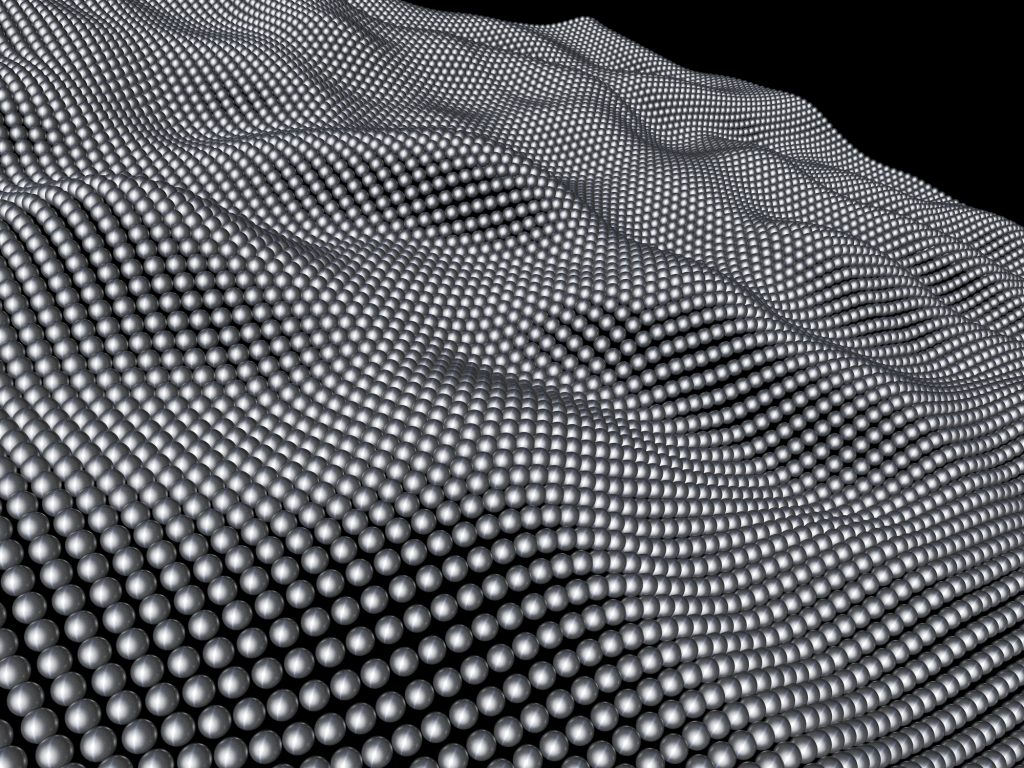Engineers at Rice University have developed a soft, magnetic-responsive metamaterial that can remotely change and maintain its shape inside the body, a development that could improve the safety, functionality, and precision of implantable and ingestible medical devices. The research, published in Science Advances, describes a nanomaterial designed from soft silicone and embedded with magnetic particles that can move between distinct shapes when activated by a magnetic field and retain that shape without a continuous power source, a limitation that hinders current soft biomedical and robotic systems.
“We programmed multistability, i.e. the ability to exist in multiple stable states, into the soft structure by incorporating geometric features such as trapezoidal supporting segments and reinforced beams,” said senior author Yong Lin Kong, PhD, assistant professor of mechanical engineering at Rice University. “These elements create an energy barrier that locks the structure into its new shape even after the external actuation force is removed.”
The ability to retain stable configurations without the need for a sustained energy input is important for internal medical devices, in order to withstand the unpredictable thermal, chemical, and mechanical stresses inside the human body.
“The metamaterials can sustain compressive loads more than 10 times their mass, achieve shape reconfiguration in remote and confined spaces, and wirelessly deliver fluids against pressure, suggesting a broad range of future biomedical and soft robot applications,” the researchers wrote.
Current implantable and ingestible devices typically use more rigid materials or need external power to maintain function, factors that can introduce safety risks. But the Rice team’s entirely soft metamaterial provides high deformability, chemical resistance, and thermal stability.
To develop the metamaterial, the Rice engineers needed to addressed a number of technical challenges. For instance, most magnetic soft constructs must maintain a magnetic field or undergo temperature or light modulation to remain in a new configuration or shape. “Creating an entirely soft multistable architecture that can be transformed by external magnetic fields remains challenging due to the competing objectives of stability and deformability,” the researchers wrote.
To overcome this, the researchers used 3D printing to produce molds that formed microarchitectures with tilted beams and trapezoidal supports. This cell design allowed them to combine many such cells to produce 3D structures capable of reversible peristaltic motion, an essential element for controlled movement and fluid delivery once inside the body.
Testing of this new structure showed that it retained performance even after prolonged exposure to mechanical strain, high temperatures up to 100°C, and immersion in acidic environments that simulated gastric fluid.
“We are now leveraging this metamaterial to develop ingestible systems that may one day treat obesity in humans…and we are collaborating with surgeons at the Texas Medical Center to design wireless fluidic control systems to address unmet clinical needs,” Kong said.
In practice, the metamaterial could allow for a device to enter the body in a compact form, then expand or change shape once inside without the need for wires, batteries, or surgical retrieval. This innovation could lead to devices that adjust internal pressure, deliver medication precisely, or provide mechanical stimulation to specific tissues.
The team demonstrated that their material could be magnetically programmed to transform and hold its shape under mechanical load even after the magnetic field was removed. One limitation noted by the researchers was demagnetization following exposure to extreme heat such as fire, though the magnetic properties could be restored through reprogramming.
Next steps for the researchers include additional collaborations to test the metamaterial in specific biomedical applications and the continued development of wirelessly activating internal fluid delivery.

